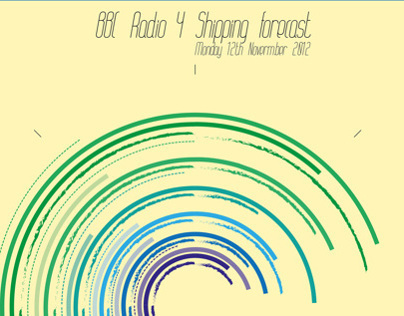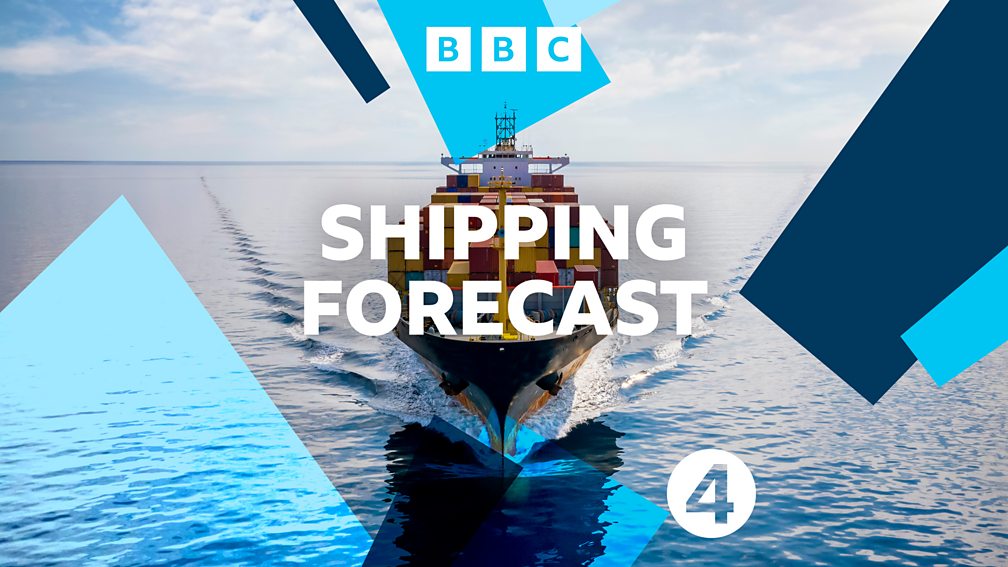
If culture is, as Wendy James has argued, ‘adverbial’ rather than ‘nominal’, what kind of cultural geography of the Isles is practised in the poems which draw upon the forecast’s daily and nightly ritual of naming the sea areas around Britain and Ireland? How might this maritime and archipelagic imagination of the Isles be related to current post-devolutionary attempts to reconceive the British Isles, both politically and intellectually? All of the poems revel in the forecast’s litany of names such as Dogger, Fastnet, Lundy, Heligoland and Finisterre, for example, which do not evoke places so much as they imply ideas of untapped spatial and cultural possibility within the British Isles. The aim of the lecture is to consider how both the radio broadcast and the poems it inspired conceptualise the cultural geography of the British Isles. This lecture examines poems which make reference to the Shipping Forecast, as broadcast by BBC Radio Four, including poems by Seamus Heaney, Carol Ann Duffy, Sean Street, Andrew McNeillie, and Andrew Waterman.


It includes a general synopsis, the forecast of wind direction and force, visibility and weather. The forecast covers the area up to 12 miles offshore and is for the period up to 1800 the next day. This can be heard on BBC Radio 4 at the end of programmes (approximately 0048), and on BBC Radio 3 at 0535. In addition, some bulletins include a forecast for all UK inshore waters, as distinct from the coastal waters. If this does not coincide with a news bulletin, the warning will be repeated after the next news bulletin. In addition, gale warnings are broadcast at the first available programme break after receipt. The bulletins consist of a gale warning summary, general synopsis, sea-area forecasts and coastal station reports.


Weather bulletins for shipping are broadcast daily on BBC Radio 4 at the following times:


 0 kommentar(er)
0 kommentar(er)
